Gaza, MINA — The humanitarian crisis in the Gaza Strip has reached a “catastrophic” breaking point, with critical life-saving supplies, including medicine, food, and fuel being deliberately held back, despite a recent ceasefire agreement intended to open the floodgates for relief.
The urgent warning comes from UNICEF’s top emergency coordinator, Hamish Young, who revealed that essential medical and hygiene supplies for children are stuck in neighboring countries, preventing them from reaching the most vulnerable population in the devastated enclave.
“We have 50 trucks waiting for permission to move, carrying medical and hygiene supplies essential to saving children’s lives,” Young stated in an interview with Anadolu on Friday.
Young painted a devastating picture of life two years after the initial attacks began in October 2023, which have killed nearly 68,000 Palestinians, mostly women and children, and rendered Gaza largely uninhabitable.
Also Read: WFP Warns of ‘Insufficient’ Aid Flow Despite Gaza Ceasefire
“Nearly all hospitals have been destroyed or severely damaged, and residents face extreme shortages of food and shelter,” he noted.
The looming threat of famine in northern Gaza requires an immediate and massive injection of sustenance. “There is an urgent need to do everything possible to bring in all the supplies I’m talking about,” he emphasized, adding, “The children of Gaza desperately need this support. We cannot sit and wait for supplies to come through.”
Under the terms of the ceasefire deal, which was brokered based on a plan presented by US President Donald Trump, a daily minimum of 600 aid trucks, including privately sourced goods, is supposed to enter Gaza. However, these commitments are failing on the ground.
Beyond food and medicine, Young stressed the urgent need for basic infrastructure components: Gaza requires about 50 fuel trucks each day, along with cooking gas, which he described as “essential for daily life” in the besieged territory.
Also Read: Palestinian Factions Continue Search for Israeli Captives’ Bodies Under Gaza Rubble
The bottleneck remains the critical Rafah border crossing, which Israel has kept completely closed since March 2, blocking crucial food, medicine, and other life essentials.
Thousands of aid trucks are reportedly stuck on the Egyptian side of the crossing. Israel is blocking the reopening, linking the flow of aid to the return of the remaining bodies of Israeli hostages. This condition is putting a significant strain on the humanitarian aspects of the fragile ceasefire.
Young asserted that even when aid is allowed to trickle in, safe and predictable internal distribution is paramount.
“We need freedom of movement throughout Gaza to reach the most vulnerable children, their mothers, and families caring for them,” he insisted, highlighting the ongoing risk to aid workers and civilians attempting to reach distribution points.
Also Read: Hamas Hands Over Remains of Another Israeli Captive
The first phase of the ceasefire successfully involved the release of living Israeli hostages in exchange for Palestinian detainees. However, the next phase which aims to rebuild Gaza and establish a new governing structure without Hamas relies on the continuous and unobstructed flow of aid. Relief organizations have stated that this aid is still being denied.[]
Mi’raj News Agency (MINA)
Also Read: Palestinians Hold First Friday Prayers Among Ruins of Gaza’s Destroyed Mosques





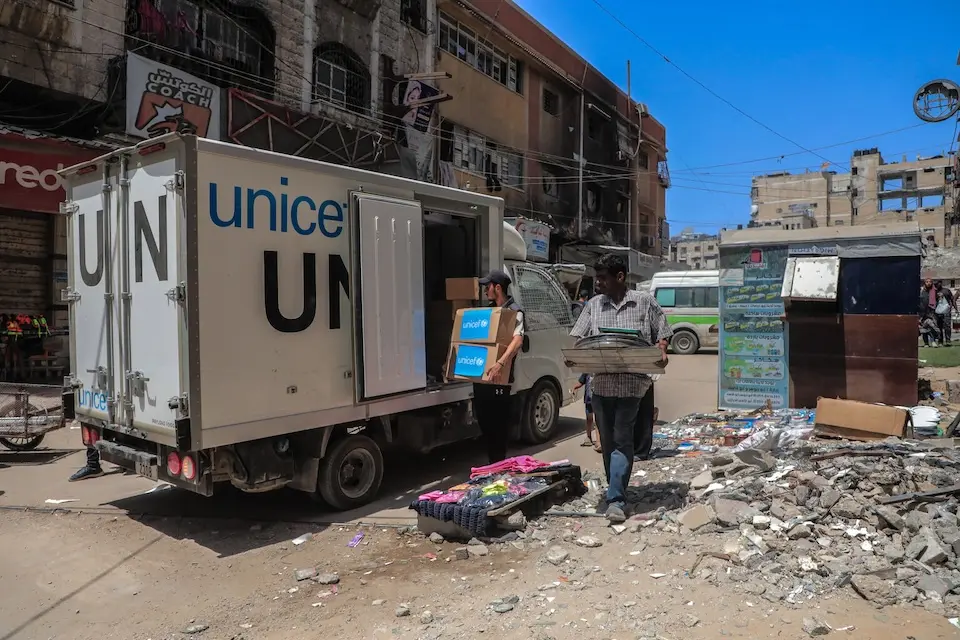



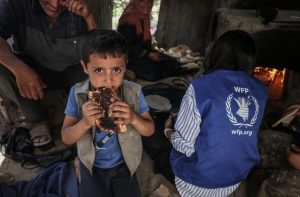
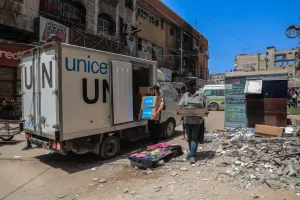
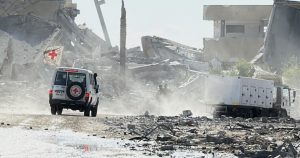

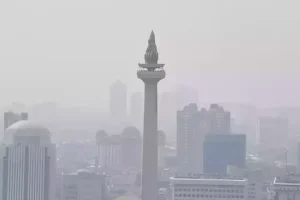
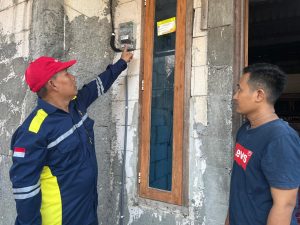
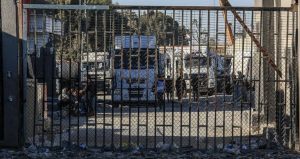
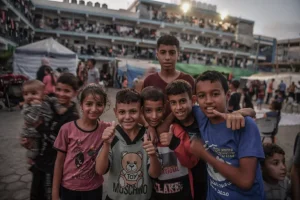
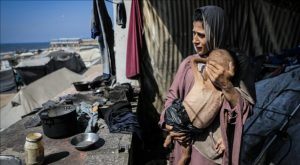

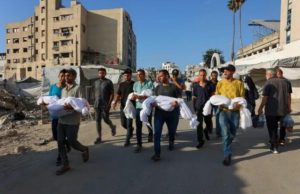



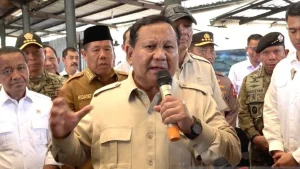
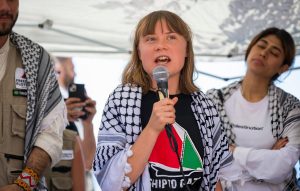


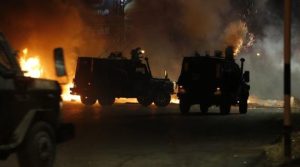



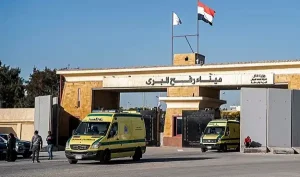
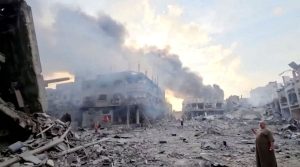
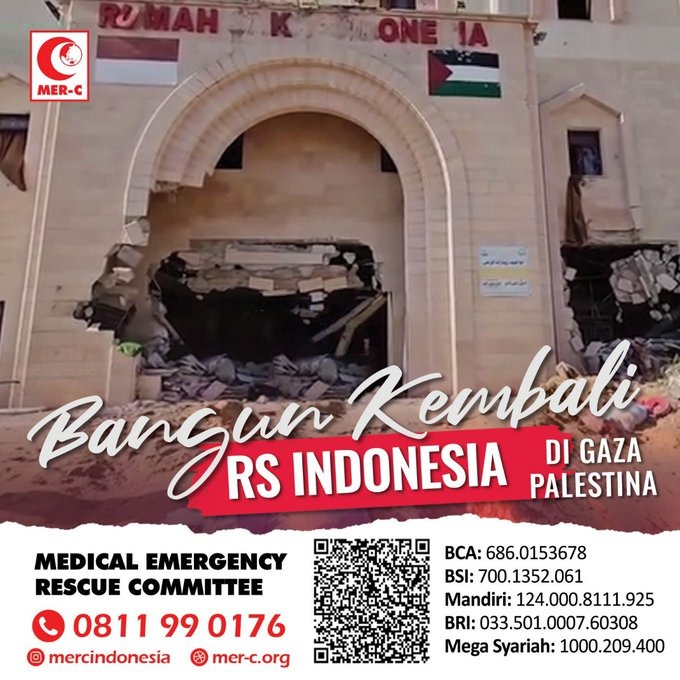


 Mina Indonesia
Mina Indonesia Mina Arabic
Mina Arabic